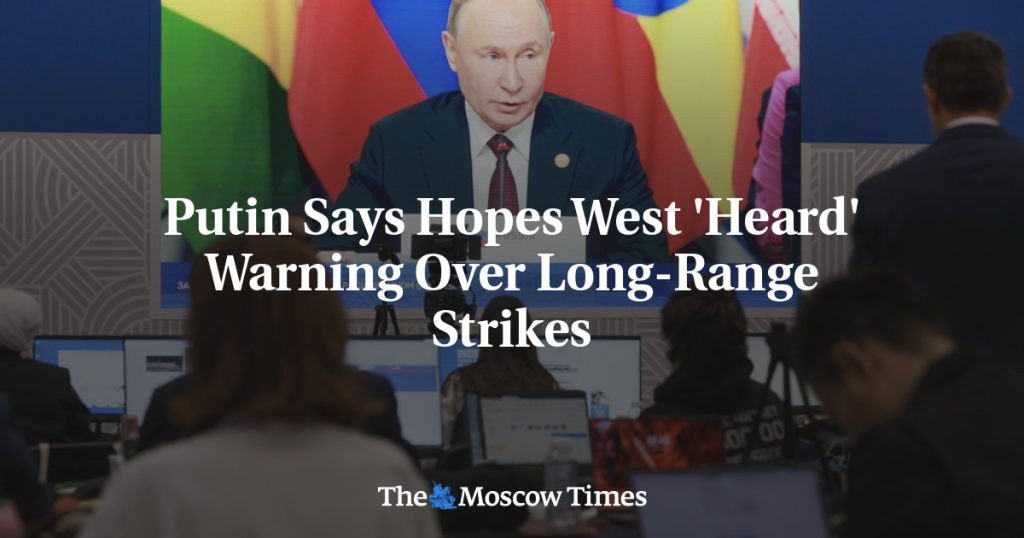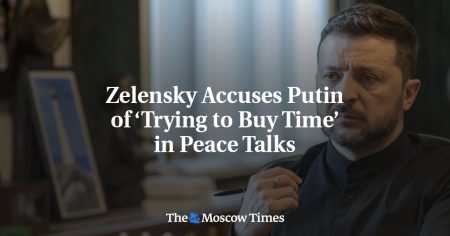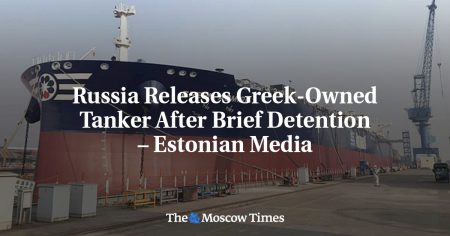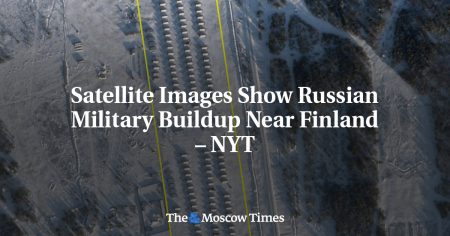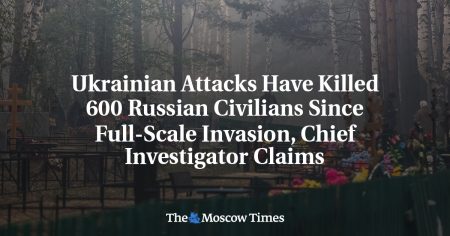Russian President Vladimir Putin reiterated his warning to the West about the dangers of a direct war with NATO if Ukraine were to use long-range weapons against Russia. The initial threat was made in September after talks of allowing Kyiv to use such arms against Russian targets. Putin emphasized that Ukrainian troops would not be able to operate these weapons on their own and would require specialists from NATO countries due to the need for space intelligence, which Ukraine lacks.
President Volodymyr Zelensky of Ukraine had been pushing for permission from his Western allies to use long-range missiles against Russian targets in order to push Moscow towards seeking peace. However, Western officials delayed making a decision on the matter after Putin’s threats, with British Prime Minister Keir Starmer and U.S. President Joe Biden opting to hold off on any authorization. Despite the urgency from Ukraine, Western countries were cautious about escalating tensions with Russia.
Putin expressed his hope that the West had taken heed of his warnings, noting that allowing Ukraine to use long-range weapons could escalate the conflict to involve NATO directly in a war with Moscow. He emphasized that only specialists from NATO countries would be able to operate these weapons effectively, as Ukraine lacks the necessary intelligence capabilities. This statement from Putin further highlighted the potential consequences of arming Ukraine with long-range missiles.
While Biden downplayed Putin’s warning and U.S. officials suggested that the use of long-range missiles would have a limited impact on Ukraine’s campaign, the decision to approve such arms was still postponed. The concerns about potential retaliation from Russia and the risks of further exacerbating the conflict were key factors in the decision-making process for Western leaders. The overall situation underscored the delicate balance between supporting Ukraine and avoiding direct confrontation with Russia.
The discussions surrounding the authorization of long-range weapons for Ukraine were part of the broader efforts to support the country in its conflict with Russia. The dynamics between Russia, Ukraine, and NATO played a significant role in shaping the decisions made by Western leaders. Putin’s warnings about the risks of escalating the conflict served as a reminder of the complex geopolitical landscape in Eastern Europe and the potential implications of military intervention in the region.
As tensions continued to mount and the possibility of direct confrontation between NATO and Russia loomed, the decisions made by Western leaders regarding arming Ukraine with long-range weapons became even more crucial. The delicate balance between supporting Ukraine’s defense capabilities and avoiding a direct conflict with Russia was a key factor in the decision-making process. The ongoing discussions reflected the challenges of navigating the complex geopolitics of the region and finding a path towards a peaceful resolution to the conflict.









